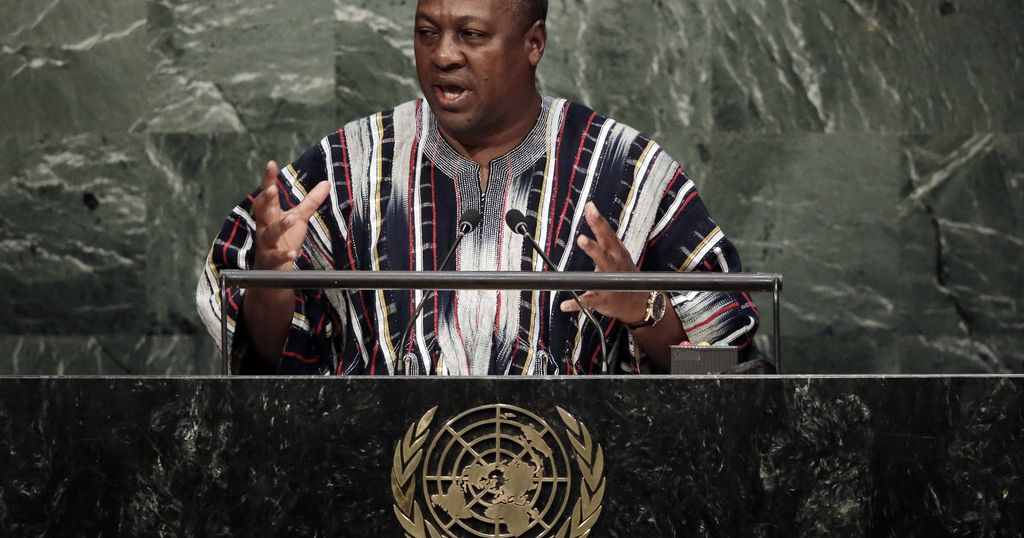Global fish production in 2018 peaked at 179m tonnes and the first-sale value of fish was $401bn. Of this, 82m tonnes with a value of $250bn came from aquaculture.
Overall, from 1976 to 2018, the value of global fish exports increased from $7.8bn, to peak at $164bn.
The huge fortunes to be made in fisheries have attracted the attentions of organised crime, spawning ‘Illegal, Unreported and Unregulated’ (IUU) fishing.
“[Considering] the illegal fishing aspect of fisheries crime in pure economic terms, the value of fish lost to criminal activities alone is suggested to be between $10-23.5bn annually,” says the UN Office on Drugs and Crime in its Fisheries Crime report. “To this figure one must add the value lost to associated criminal activities in the fisheries sector, such as document fraud, tax evasion, money laundering and others. Only then can one get a full picture of the extent of the value lost to organised criminal activities in the fisheries sector.”
According to Food and Agriculture Organisation, IUU fishing not only causes severe damage to sensitive marine ecosystems, but also distorts the global economy, with a loss estimated at
$10-23bn annually, accounting for
26m tonnes of fish.
China is still the world’s leading fish producer, accounting for 35% of global fish production. Continental fish production statistics excluding China show Asia leading with 33% of output, the Americas second with 14%; Europe third at 10%; Africa fourth with 7%; and Oceania closing the list with 1% production.
After China, the other main fish exporters are Norway, Vietnam and Thailand. The EU remains as the largest single market for fish and fish products, followed by the US and Japan. India, Indonesia, Vietnam, Bangladesh, Egypt and Norway are also on the list of top fish producers.
The top 25 fish-producing and exporting countries account for 80.7% of global fish production. In this top list, there is only one nation from Africa – Morocco.
Capture fisheries (all kinds of harvesting of naturally occurring living resources in both marine and freshwater environments) in Africa currently have an output at 10m tonnes. The total gross value-added of the fisheries in Africa is estimated at $21bn. The fisheries sector in Africa employs some 13m people. Marine artisanal fisheries contribute $8.1bn, followed by marine industrial fisheries and inland fisheries at $6.8bn and $6.3bn respectively.
According to the biennial FAO report, the top seven countries of global capture fisheries produce almost 50% of total captures. To this end, China still leads with 15% of the total. Indonesia and Peru tie at 7%, followed by India at 6%. Russia and the US tie at 5% and Vietnam follows them with 3% of the total production.
Asia has, for the last 20 years, dominated fish farming by producing 89% of the global total in volume.
“China has produced more farmed aquatic food than the rest of the world combined since 1991,” the FAO report adds. Competing with China are Bangladesh, Chile, Egypt, India, Indonesia, Norway and Vietnam, which have increased their production in the last two decades.
As of 2018, the FAO notes that some 59.51m people are engaged in capture fisheries and aquaculture. Asia has the highest number of workers in the fisheries sector at 85%, followed by Africa with 9% and America, Europe and Oceania have below 5% each.
The main fish catch includes anchoveta, Alaska pollock, finfish, small pelagic fish, gadiformes, tuna and tuna-like species.
The comprehensive 2019 Global Assessment Report on Biodiversity and Ecosystems Services released by the Intergovernmental Science Policy Platform on Biodiversity and Ecosystem Services (IPBES) notes that some 33% of marine fish stocks were unsustainably harvested, while 50% were maximally fished. UN Environment gives almost the same stats, noting, “more than 30% of the world’s fish stocks are over-exploited, depleted or recovering from depletion and more than 50% are thought to be fully exploited.”
Given the abundance of marine food stocks in African waters, the continent’s fisheries industry is not pulling its weight. It is still dominated by small-scale, basic local fishers who stand no chance against the industrial-scale fishing carried out in African waters by international fleets.
It is imperative that Africa takes continent-wide measures to protect its fishing grounds from foreign predators and that it scales up its aquaculture to try and meet the growing demand for seafood protein in the continent.



![The Okwelians: Unlocking New Economic Paths for Cameroon [Business Africa]](https://static.euronews.com/articles/stories/09/12/73/92/1024x538_cmsv2_85da6520-a13b-50c2-b20b-6172b1388b3a-9127392.jpg)

